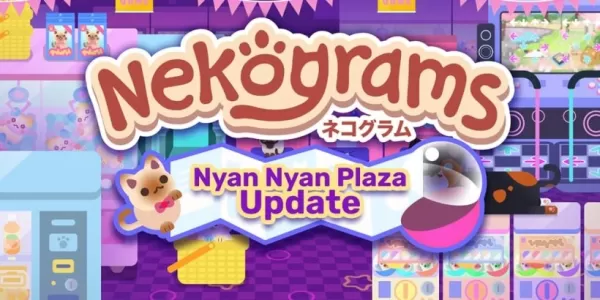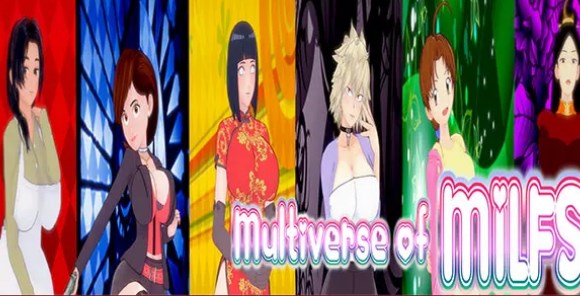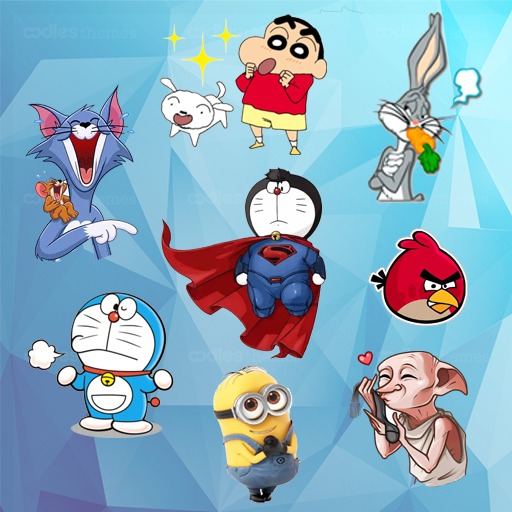Capcom is exploring the use of generative AI to streamline one of the most demanding aspects of game development—generating "hundreds of thousands" of unique in-game environment ideas. As production costs for AAA titles continue to rise, major publishers are turning to AI-driven tools to improve efficiency and reduce overhead, despite ongoing debates about their ethical and creative implications.
This trend isn't isolated—Activision reportedly introduced an "AI-generated cosmetic" in *Call of Duty: Modern Warfare 3* in late 2023, which sparked backlash from fans who accused the company of using generative AI for a loading screen graphic in early 2024. Meanwhile, EA has gone on record stating that AI is now "the very core" of its business strategy, signaling a broader industry shift toward automation and machine-assisted development.
In a recent interview with Google Cloud Japan, Kazuki Abe, Capcom’s technical director behind titles like *Monster Hunter: World* and *Exoprimal*, shared insights into how the studio is experimenting with generative AI to enhance internal workflows. According to Abe, one of the most resource-intensive stages of development involves generating a massive number of original design concepts for in-game objects—from televisions to logos to environmental props.
"One of the most time-consuming and labor-intensive parts of game development is coming up with hundreds of thousands of unique ideas,"
Abe explained (via Automaton). He noted that even unused items require full concept proposals, including sketches and descriptive text, all aimed at clearly communicating the idea to art directors and designers. With each title requiring thousands to tens of thousands of such assets, the volume of work quickly becomes overwhelming.
To address this, Abe developed a prototype system that leverages multiple Google AI models—including Gemini Pro, Gemini Flash, and Imagen—to analyze existing design documents and automatically generate visual and textual concept proposals. The system not only accelerates the ideation process but also evaluates its own output, iteratively refining results to better align with artistic expectations.
Initial feedback from internal teams has been positive, with the system showing potential to significantly cut down both time and cost compared to traditional hand-crafted methods, while also maintaining—if not improving—the overall quality of output.
Importantly, Capcom’s current AI integration remains limited to this specific ideation phase. Key areas such as gameplay mechanics, narrative design, character creation, and programming remain under human control, emphasizing a collaborative approach rather than full automation.







![NULL [Remastered]](https://imgs.39man.com/uploads/71/1719651062667fcaf6c483b.png)








